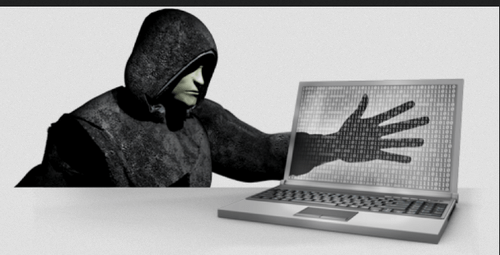Given the variety of types of malware that exist and the increasing number of current threats, a complete history of malware would include a list that is too long to include here.
This is why we show you the main trends in malware development.
1980s:
The theoretical basis of computer viruses dates back to an article published in 1949 and the first personal computers infected by these viruses were in the 70s. However, the history of modern viruses begins with a program called "Elk Cloner", which began to infect Apple II systems in 1982. The virus, which spread through floppy disks, was harmless by itself, but extended to all disks connected to a system and exploded with such virulence that it can be considered the first outbreak of large-scale computer viruses in history. Note that this was prior to any malware for Windows PC. Since then, viruses and worms have only become widespread.
1990s:
In this decade, Microsoft Windows emerged that, together with the flexible macros of their applications, led malware authors to write infectious codes in the language of Microsoft Word and other programs. These macro viruses infected documents and templates but not executable applications.
From 2002 to 2007:
Instant messaging worms take advantage of massive-scale network gaps and infect AOL Instant Messaging, MSN Messenger and Yahoo Messenger networks, as well as enterprise instant messaging systems.
From 2005 to 2009:
In these decades, adware attacks proliferated, which present unwanted advertising on computer screens, usually in pop-up windows or in windows that users cannot close. This adware took advantage of legitimate software as a means of dissemination, but in 2008 software publishers began denouncing adware companies for fraud which resulted in millions of dollars in fines and the closure of all adware companies.
From 2007 to 2009:
The malware used social media channels such as MySpace to distribute dishonest advertising and offers of fake antivirus and security tools.
Facebook and Twitter became the preferred platforms when MySpace stopped being popular, some of its tactics were fake links, phishing pages and promotion of applications with malicious extensions.
2013:
A new type of malware called ransomware launched an attack with the name CryptoLocker, which took place from the beginning of September 2013 until the end of May 2014 and was aimed at Windows computers. CryptoLocker managed to force its victims to pay around USD 27 million in the last quarter of 2013. In addition, the success of this ransomware generated another ransomware of similar names. With a copied variant, they charged more than USD 18 million from approximately 1000 victims between April 2014 and June 2015.
From 2013 to 2017:
Ransomware, which was distributed through Trojans, exploits and malicious advertising, became the king of malware. The big outbreaks of 2017 affected companies of all kinds. Ransomware activity consists of encrypting the victim's data and then claiming payments to release that data.
From 2017 to the present:
The cryptocurrency has captured the general attention and has led to the creation of a new malware scam called “cryptojackingâ€, which is the act of using another person's device in secret to extract cryptocurrencies surreptitiously with the victim's resources.

